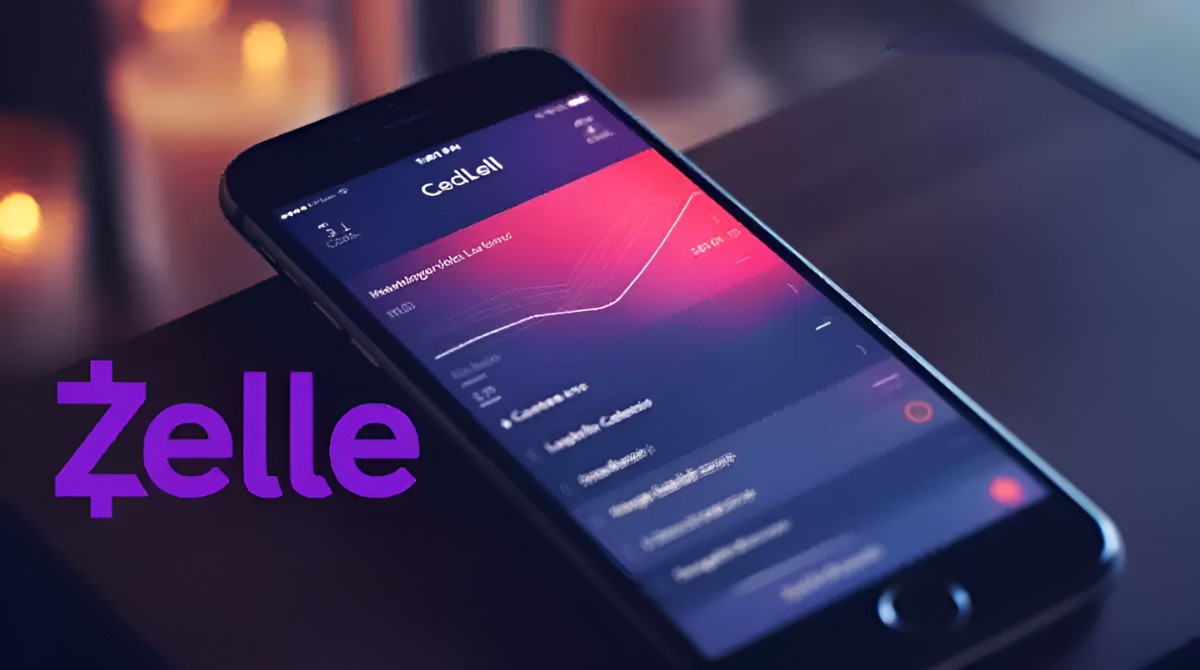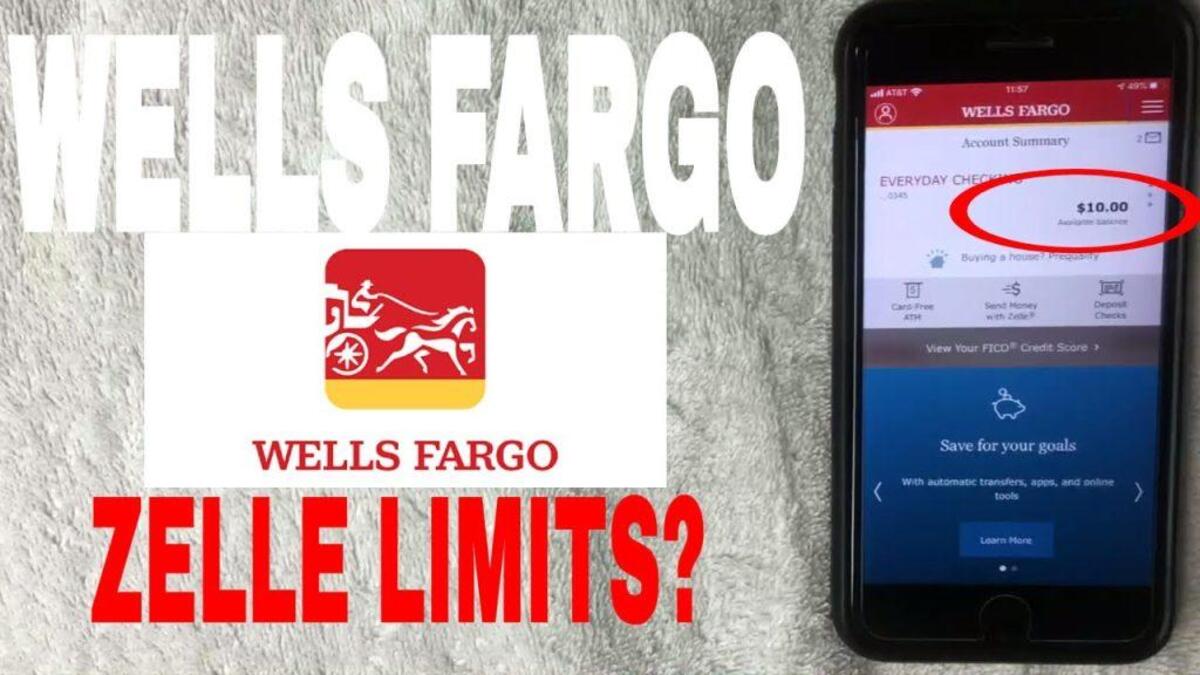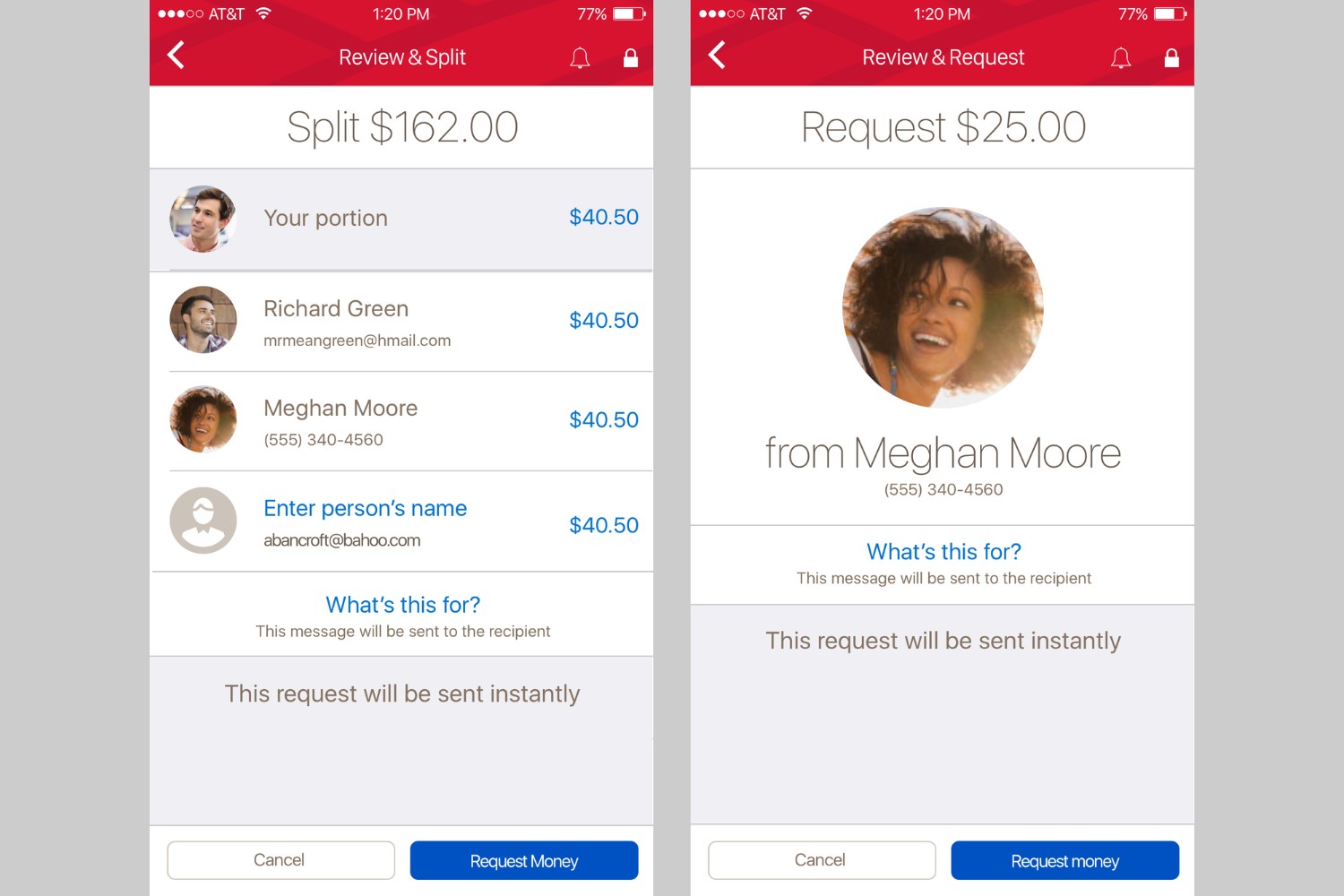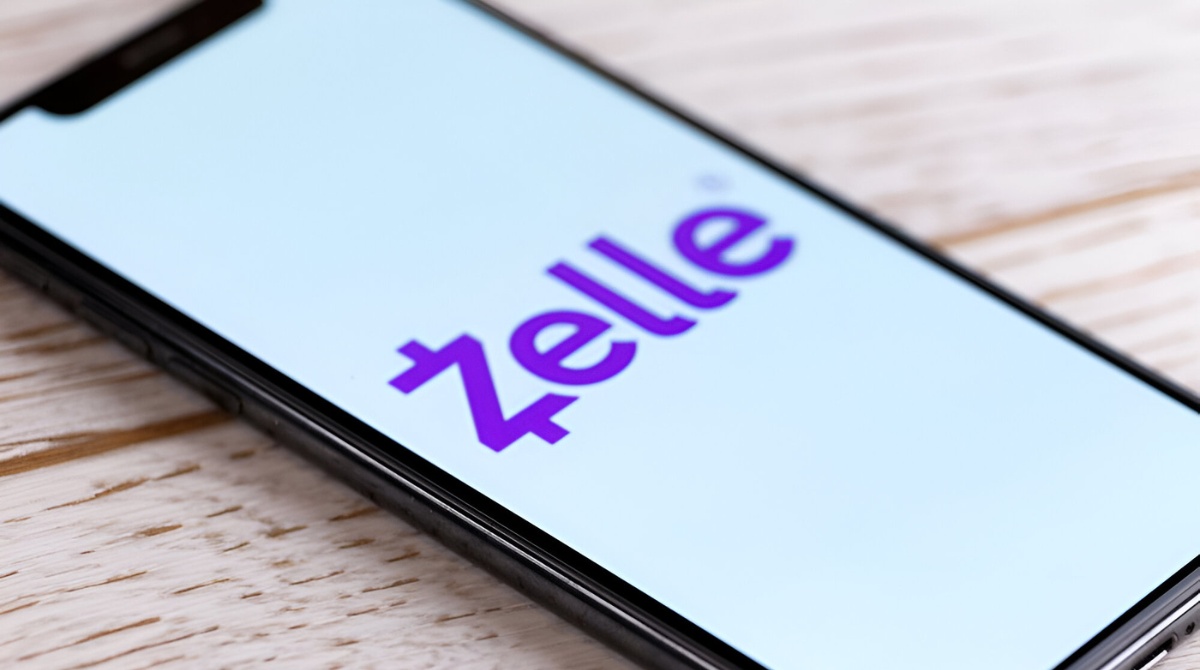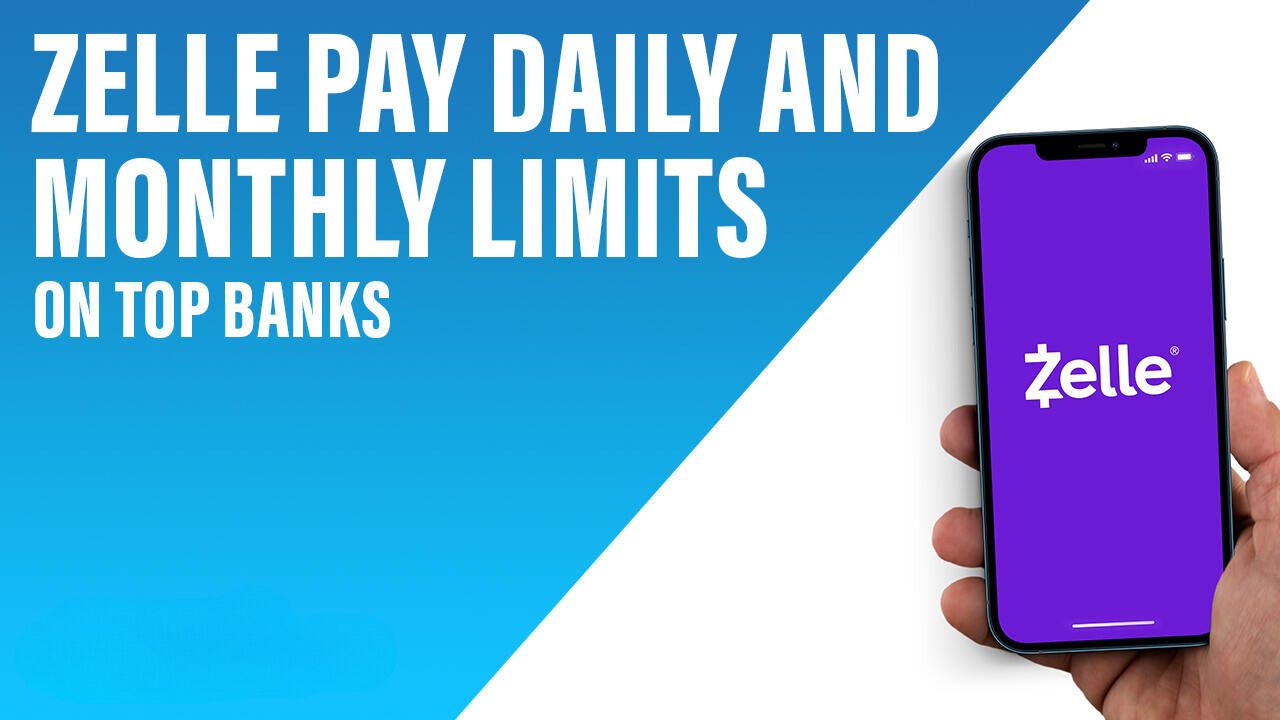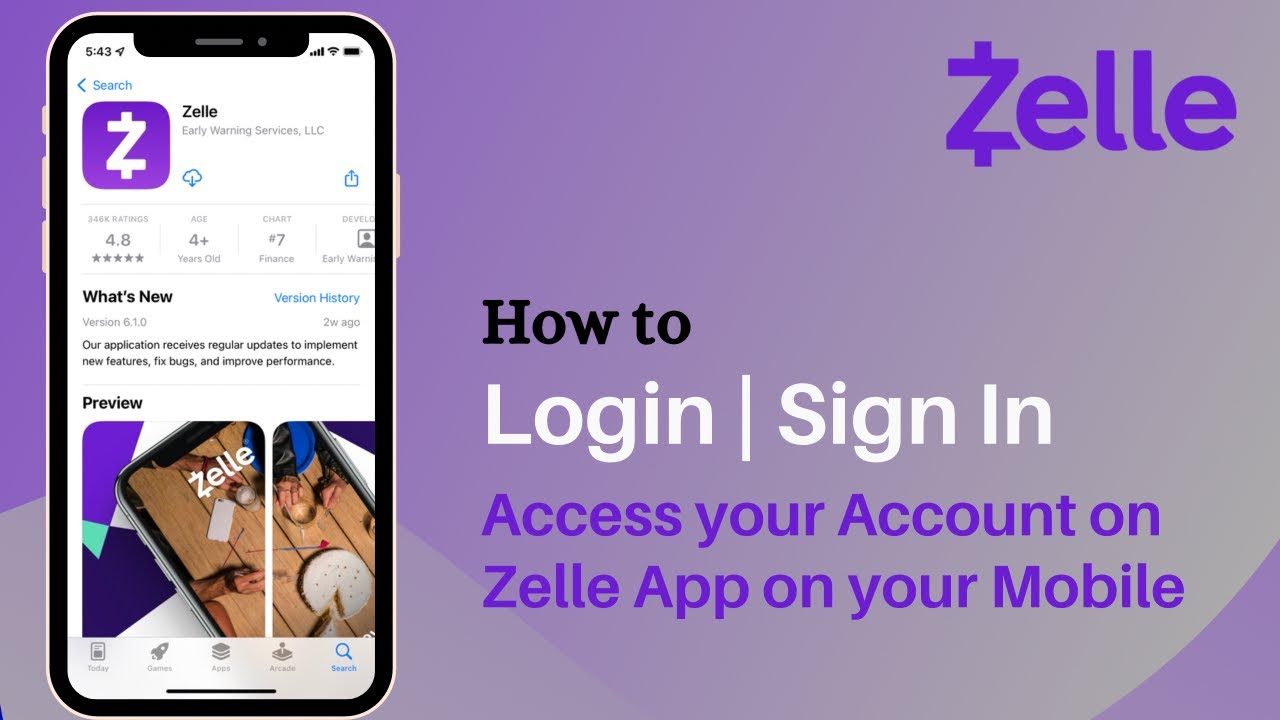Introduction
Welcome to our comprehensive guide on Zelle and its transaction limits. In this article, we will delve into the details of Zelle, a popular digital payment platform that allows users to send and receive money quickly and securely. Zelle has gained significant popularity for its convenience and simplicity, enabling individuals to transfer funds with just a few taps on their smartphones.
As with any payment service, Zelle imposes transaction limits to ensure the safety and security of its users’ funds. These limits are designed to protect against fraudulent activities and unauthorized transactions. However, it is crucial to understand how these limits work and when they reset to make the most of your Zelle experience.
In this guide, we will explain how Zelle’s transaction limits function and explore the factors that determine when these limits reset. We will also provide useful tips on maximizing your Zelle transactions within the imposed limits. So, whether you are a seasoned Zelle user or new to the platform, this article will help you navigate the waters of Zelle’s transaction limits and make the most of your money transfers.
What is Zelle?
Zelle is a digital payment platform that allows users to send and receive money directly from their bank accounts. It was launched in 2017 as a joint venture between several major banks in the United States, including Bank of America, Wells Fargo, JPMorgan Chase, and others. With Zelle, users can transfer funds to friends, family, or even businesses with just a few taps on their mobile devices.
One of the main advantages of Zelle is its wide accessibility. Many major banks have integrated the Zelle platform into their mobile banking apps, making it easy for customers to use the service without the need for additional apps or accounts. Zelle’s seamless integration with existing banking platforms has helped it gain popularity among users looking for a simple and secure way to send money.
Another key feature of Zelle is its speed. Unlike traditional bank transfers that can take several days to process, Zelle enables instantaneous fund transfers. As long as both the sender and recipient have registered their bank accounts with Zelle, the money can be sent and received within minutes.
Zelle also prioritizes security. Transactions carried out through Zelle are encrypted and protected with the latest security measures to safeguard users’ financial information. Users can have peace of mind knowing that their money transfers are being conducted through a secure and trusted platform.
Overall, Zelle provides a convenient, fast, and secure way for individuals to transfer money directly from their bank accounts. Whether you need to split a dinner bill with friends or send money to a family member in need, Zelle offers a user-friendly solution that simplifies the payment process.
How Does Zelle’s Limit Work?
Zelle has implemented transaction limits to ensure the security and integrity of its platform. These limits are put in place to protect users from fraudulent activities, unauthorized transactions, and to comply with regulatory requirements.
The transaction limits set by Zelle vary depending on the bank and account type. Typically, the limits imposed on individual transactions range from $500 to $2,500. However, it’s essential to note that these limits can be subject to change and vary between different financial institutions.
In addition to individual transaction limits, Zelle also implements daily and monthly limits on the total amount that can be sent or received. These limits are typically higher than the individual transaction limits but still serve as safeguards against potential fraudulent activities.
It’s important to be aware of the transaction limits imposed by your bank or financial institution when using Zelle. These limits can impact the amount of money you can send or receive within a given period. Exceeding these limits may result in your transactions being declined or delayed.
As Zelle is an instant money transfer service, it may be tempting to use it for large transactions. However, it’s crucial to remain mindful of the transaction limits and plan accordingly. If you anticipate the need for larger transfers, it may be necessary to explore alternative payment methods or contact your bank to request a limit increase.
Understanding Zelle’s transaction limits is essential for managing your finances effectively and ensuring smooth transactions. By staying within the prescribed limits, you can continue to use Zelle seamlessly and enjoy the convenience it offers.
Why Does Zelle Have a Transaction Limit?
Zelle has implemented transaction limits for several reasons. These limits are in place to protect users and the platform from potential risks and fraudulent activities. Let’s explore the reasons behind Zelle’s transaction limits:
1. Security: One of the primary reasons for implementing transaction limits is to ensure the security of Zelle’s platform. By setting limits on individual transactions and overall transfer amounts, Zelle can prevent unauthorized users from sending or receiving large sums of money, reducing the risk of fraudulent activity.
2. Fraud Prevention: Transaction limits help mitigate the risk of fraudulent transactions. By setting a cap on the amount that can be transferred at once, Zelle can identify and prevent suspicious activities that may occur with larger transactions. This helps protect both the sender and receiver from potential financial loss.
3. Regulatory Compliance: Financial institutions have to comply with various regulations and anti-money laundering policies. Transaction limits serve as a mechanism to ensure compliance with these regulations and help detect and prevent suspicious activities that may be indicative of money laundering or other illicit financial activities.
4. Risk Management: Setting transaction limits allows Zelle to manage and mitigate financial risks associated with the platform. By imposing limits, Zelle can reduce the potential impact of unauthorized transactions, disputes, or other issues that may arise during money transfers.
5. Scalability: Zelle’s transaction limits are also designed to maintain optimal performance and scalability of the platform. By placing limits on the amount of funds that can be transferred at once, Zelle can ensure smooth and efficient transactions for all users.
Overall, Zelle’s transaction limits are in place to protect users, prevent fraudulent activities, comply with regulatory requirements, manage risks, and optimize the performance of the platform. While these limits may sometimes be seen as restrictive, they play a crucial role in maintaining the safety and security of the Zelle ecosystem.
When is the Zelle Limit Reset?
The reset timing of the Zelle transaction limit depends on the financial institution or bank that you are using. Generally, the limits reset on a rolling basis, usually within a 24-hour period. However, it’s important to note that the exact time of the limit reset may vary between different banks and financial institutions.
For example, if you reach your daily limit at 2:00 PM on a given day, your limit will reset within 24 hours from that time, allowing you to send or receive funds up to the limit once again. It’s crucial to check with your specific banking provider or review their terms and conditions to determine the exact reset timing for your Zelle transaction limit.
It’s worth noting that the reset time of the Zelle limit is not dependent on a specific time zone. It works on a rolling basis relative to when you exceeded the limit. Therefore, the limit reset time remains consistent regardless of your geographical location.
Understanding the reset timing of the Zelle limit is crucial for effectively managing your transactions and ensuring uninterrupted use of the service. If you reach your limit and need to make another transaction, it is advised to wait until the limit reset time to avoid any potential issues or delays.
Keep in mind that if you require higher transaction limits or have specific inquiries about the limit reset timing, it’s always best to contact your bank or financial institution’s customer support. They will be able to provide accurate and up-to-date information based on their specific policies.
By being aware of the reset timing of the Zelle transaction limit, you can plan your transfers accordingly and make the most of this convenient digital payment platform.
Factors That Affect the Zelle Limit Reset
The timing of the Zelle limit reset can be influenced by several factors. While the exact reset process may vary depending on the financial institution or bank, here are some common factors that can affect the reset timing:
1. Account Type: The type of account you have with your financial institution can determine the timing of the Zelle limit reset. Certain account types, such as personal accounts or business accounts, may have different reset schedules. It’s crucial to check with your bank to understand how your account type affects the limit reset timing.
2. Time of Exceeding the Limit: The time at which you exceed your Zelle transaction limit can impact the reset timing. If you reach your limit earlier in the day, the reset may occur sooner, within 24 hours from that specific time. Conversely, if you exceed the limit later in the day, the reset may extend to the following day.
3. Rolling Basis: Zelle’s limits typically reset on a rolling basis, which means that the reset time is relative to when you exceeded the limit. This rolling basis ensures that users have equal opportunities to utilize the service within the prescribed limits.
4. Banking Provider Policies: Each financial institution or bank may have its own policies regarding the Zelle limit reset timing. These policies can be influenced by various factors, including internal processes, security measures, and compliance requirements. It’s recommended to review your banking provider’s terms and conditions or contact their customer support for specific details.
5. Geographic Location: While the Zelle limit reset time is not dependent on a specific time zone, your geographical location can impact the overall user experience and access to the service. Some banks may have slight variations in their reset timing based on regional factors or local regulations.
It’s important to keep these factors in mind and consult your specific banking provider for accurate information regarding the Zelle limit reset. Understanding the factors that can affect the reset timing will help you plan your transactions effectively and ensure a seamless experience with Zelle.
Tips to Maximize Zelle’s Limit
While Zelle’s transaction limits are put in place to ensure the security of the platform, there are several tips you can follow to maximize your usage within these limits:
1. Plan Ahead: If you anticipate needing to send a larger sum of money, plan your transactions in advance. By spreading out the transfers over multiple days, you can stay within the daily limit and ensure that your transactions go smoothly.
2. Combine Transactions: If you need to send multiple payments to the same person or business, consider consolidating them into a single transaction. By combining multiple payments into one, you can make the most of your transaction limit and minimize any potential fees associated with multiple transactions.
3. Coordinate with Recipients: Coordinate with the recipients of your funds to make sure they are available to receive the payment within the limit. This way, you can avoid any delays or complications in completing the transaction before the limit resets.
4. Explore Alternative Payment Methods: If you consistently find yourself reaching the transaction limits, consider exploring alternative payment methods for larger transfers. Wire transfers or other payment platforms may offer higher limits or flexible options that suit your needs.
5. Request a Limit Increase: If you frequently exceed the Zelle limits due to specific circumstances, such as business transactions or large one-time transfers, contact your bank or financial institution’s customer support. They may be able to provide a temporary or permanent limit increase based on your needs.
6. Optimize Cost-Efficiency: Transfer smaller amounts when possible to optimize cost-efficiency. Zelle users are typically charged fees for using the platform, and sending smaller amounts can help you minimize these fees while still staying within your limit.
7. Stay Informed: Regularly review the terms and conditions of Zelle and your banking provider for any updates or changes to the transaction limits. Staying informed will help you plan your transactions effectively and avoid any surprises or disruptions.
By following these tips, you can make the most of Zelle’s transaction limits and ensure a smooth and efficient money transfer experience.
Contacting Zelle Support for Limit Increase
If you find that the transaction limits imposed by Zelle are hindering your ability to conduct larger transfers, you may consider contacting Zelle support for a limit increase. Here’s how you can go about it:
1. Check with Your Bank: Start by contacting your bank or financial institution’s customer support. They can provide guidance on how to request a limit increase and the necessary steps involved. Banks have differing policies and procedures for limit increases, so it’s important to follow their instructions.
2. Provide Relevant Information: When contacting Zelle support or your bank, be prepared to provide relevant information to support your request for a limit increase. This may include details about your account usage, the nature of the transactions you need to make, and any other pertinent information that demonstrates the need for a higher limit.
3. Explain Your Situation: Clearly communicate your specific circumstances and why you need a higher limit. Whether it’s for business purposes, making large one-time payments, or any other valid reason, providing a well-founded explanation can increase your chances of a successful limit increase.
4. Be Persistent: If your initial request for a limit increase is denied, consider following up with your bank or financial institution. Sometimes, persistence can pay off, and they may reconsider your request or provide alternative solutions to accommodate your needs.
5. Explore Alternative Payment Methods: If you are unable to obtain a limit increase from Zelle, explore alternative payment methods that may allow for higher transaction limits. Wire transfers, cashier’s checks, or other payment platforms can offer greater flexibility for larger transfers.
6. Stay Updated: Zelle and your bank may periodically review and adjust their transaction limits based on industry standards and customer demands. Stay updated with any changes or announcements from your financial institution to take advantage of potential limit increases in the future.
Remember, obtaining a limit increase is not guaranteed, and each bank has its own policies and criteria for granting higher transaction limits. It’s essential to communicate your needs effectively and provide the necessary information to support your request. Being proactive and exploring alternative payment methods can also help you navigate around the imposed transaction limits when necessary.
Conclusion
Zelle is a convenient and secure platform for transferring money quickly and easily. However, it’s crucial to understand and work within the transaction limits set by Zelle and your financial institution. By adhering to these limits, you can ensure a smooth and secure money transfer experience while mitigating the risk of fraudulent activities.
In this guide, we have explored the basics of Zelle, including its purpose, transaction limits, and the factors that affect the limit reset. We have also provided tips on maximizing your usage within these limits, such as planning ahead, coordinating with recipients, and exploring alternative payment methods when necessary.
If you require higher transaction limits, it is possible to contact Zelle support or your bank to request a limit increase. However, it’s important to understand that such requests may be subject to review and approval based on the specific policies and criteria of your financial institution.
It is recommended to stay informed about Zelle’s terms and conditions and any updates or changes to the transaction limits. By doing so, you can stay up-to-date with the latest information and make well-informed decisions regarding your money transfers.
Remember, while Zelle offers a convenient way to send money, it’s essential to prioritize security and protect yourself from potential risks. Always verify the recipient’s information and avoid sharing sensitive banking details with anyone you do not trust.
Overall, by understanding and working within the transaction limits, you can use Zelle effectively and securely to transfer funds, making the most of its fast and convenient service.







